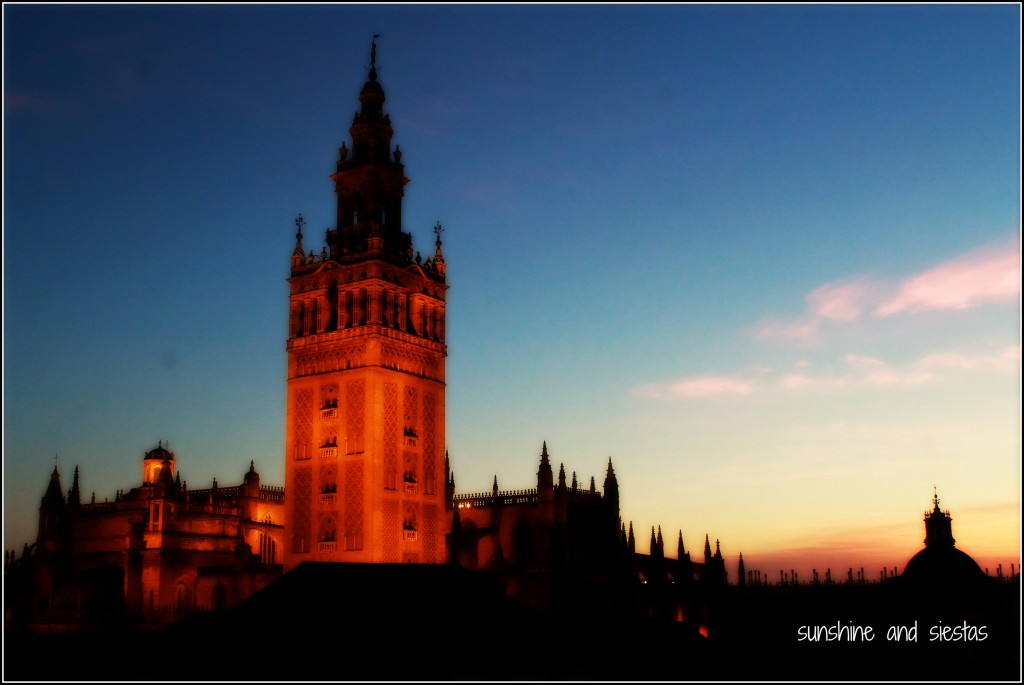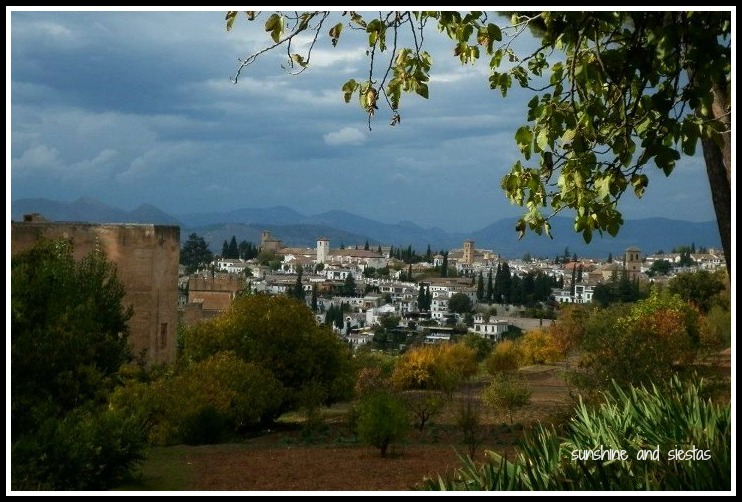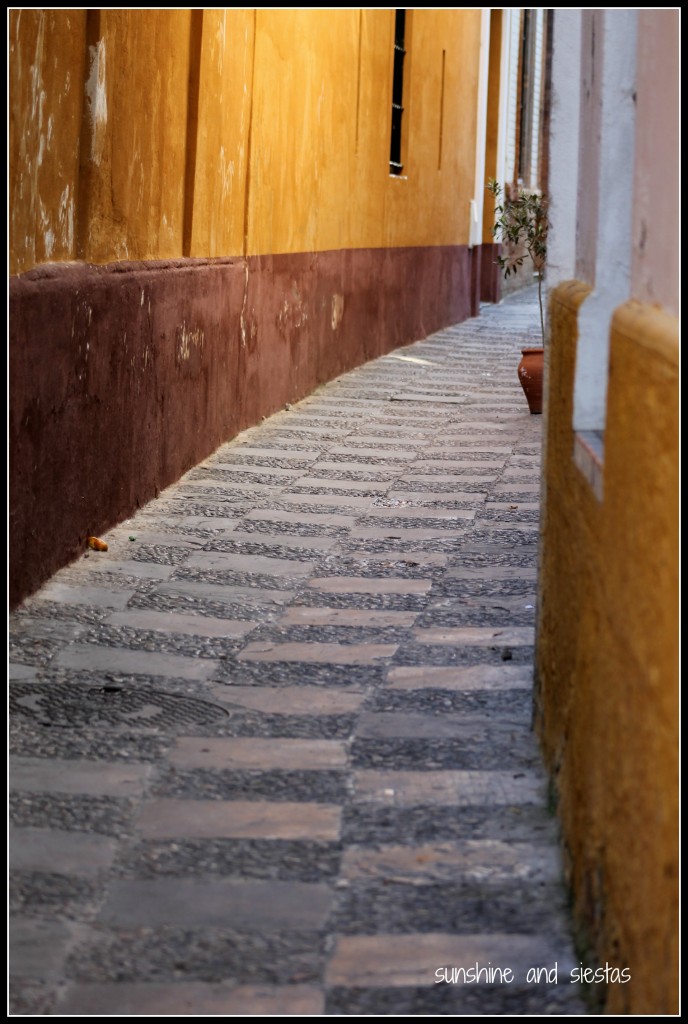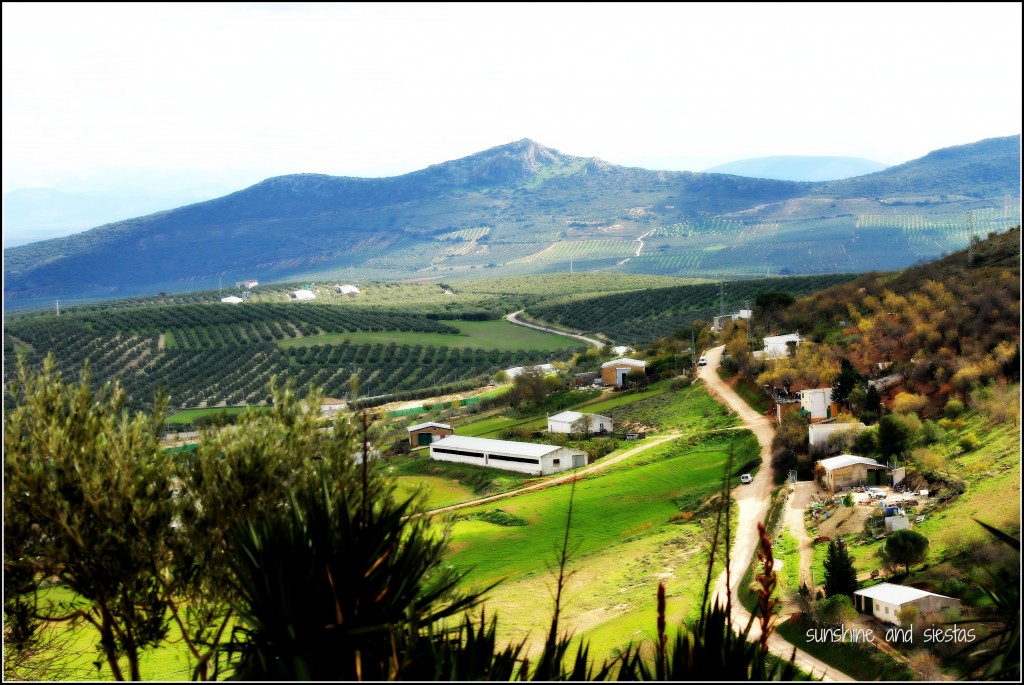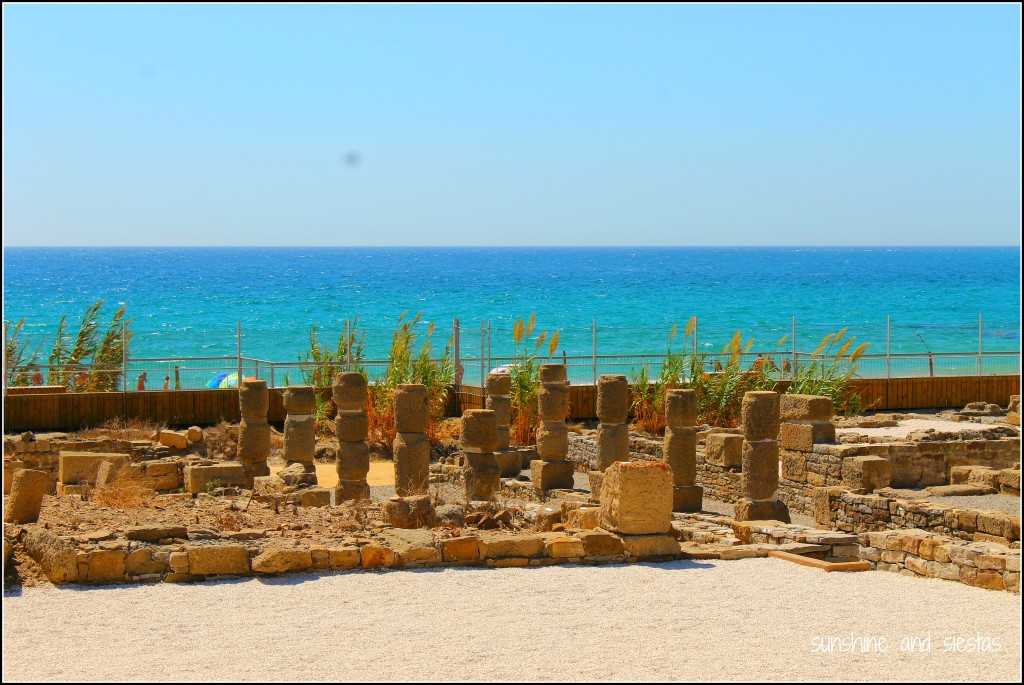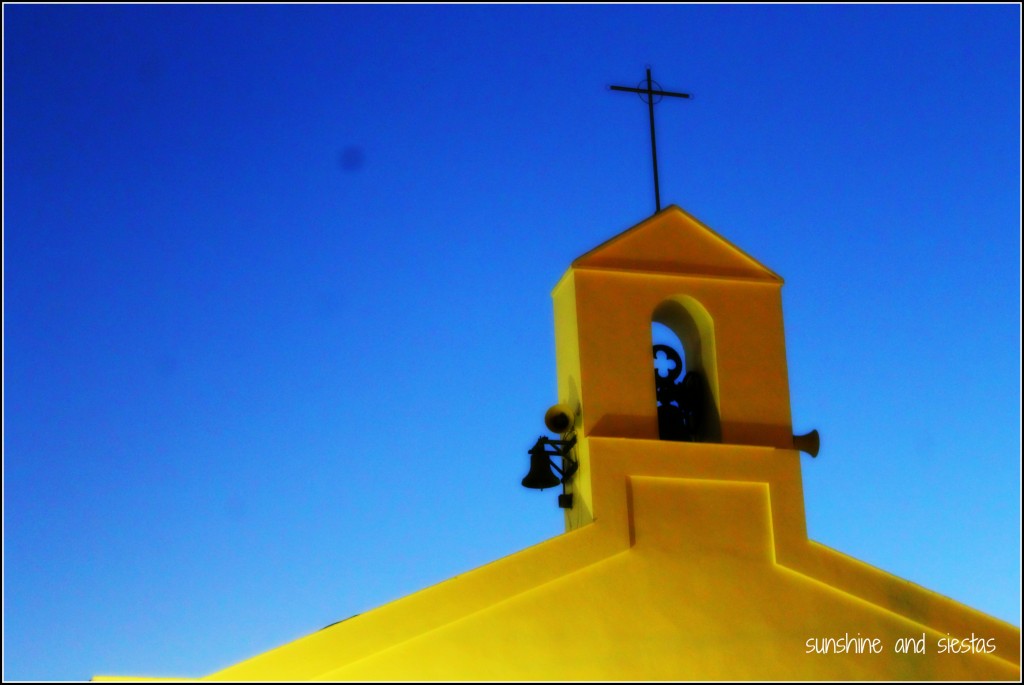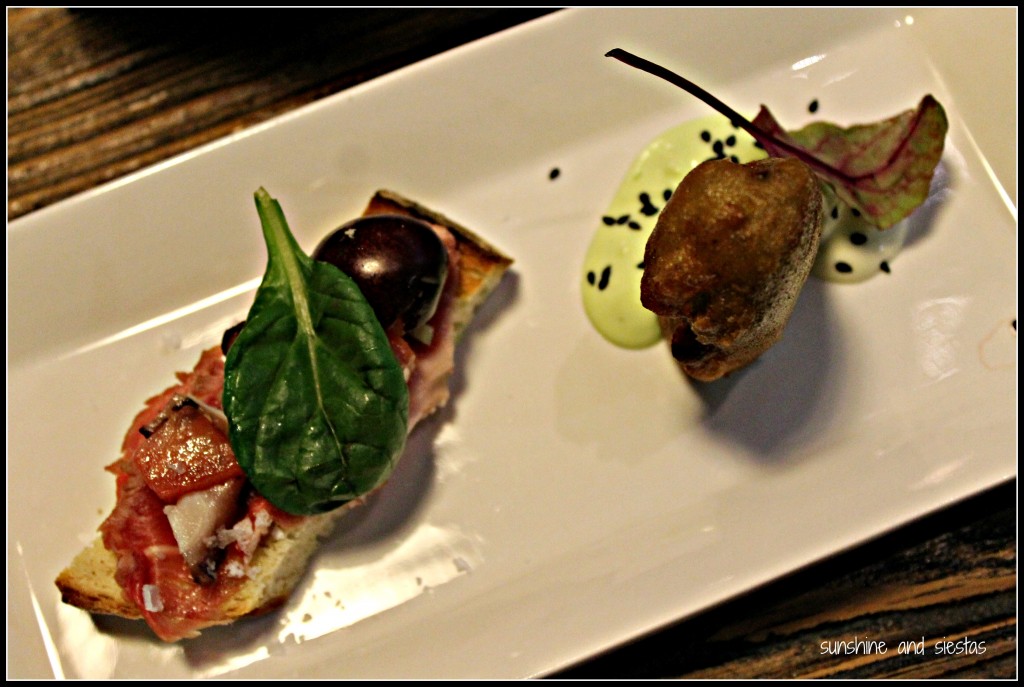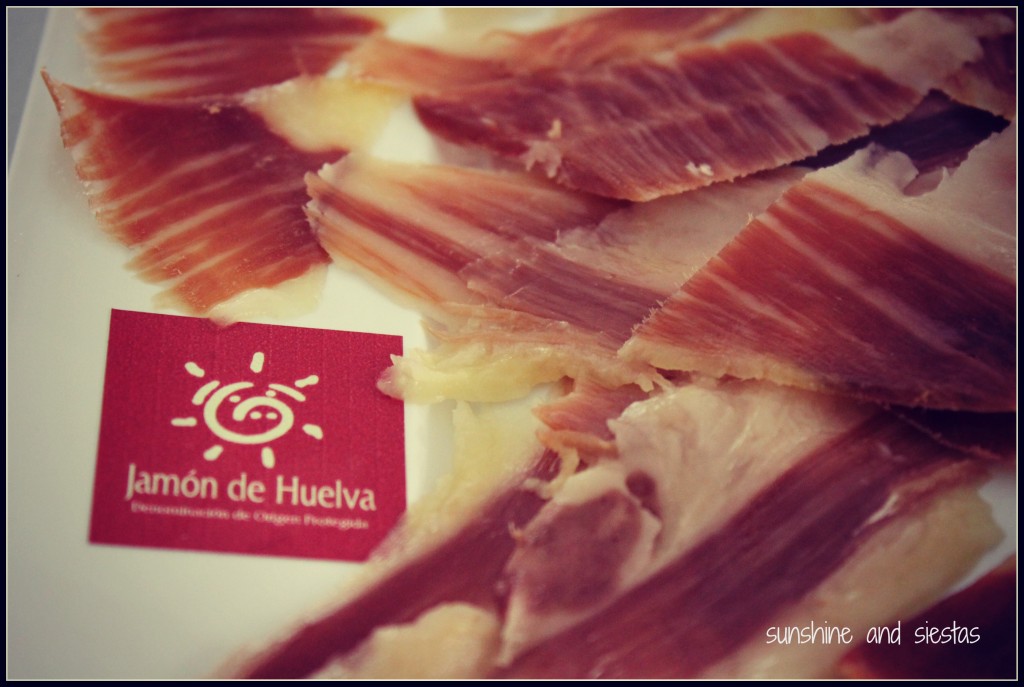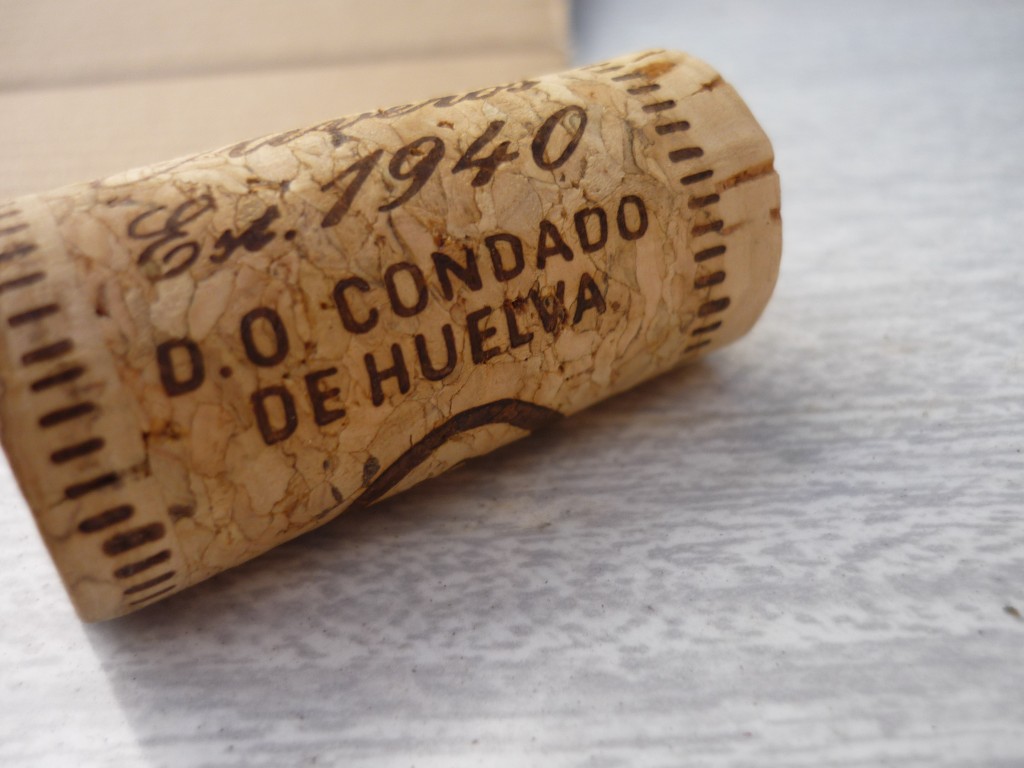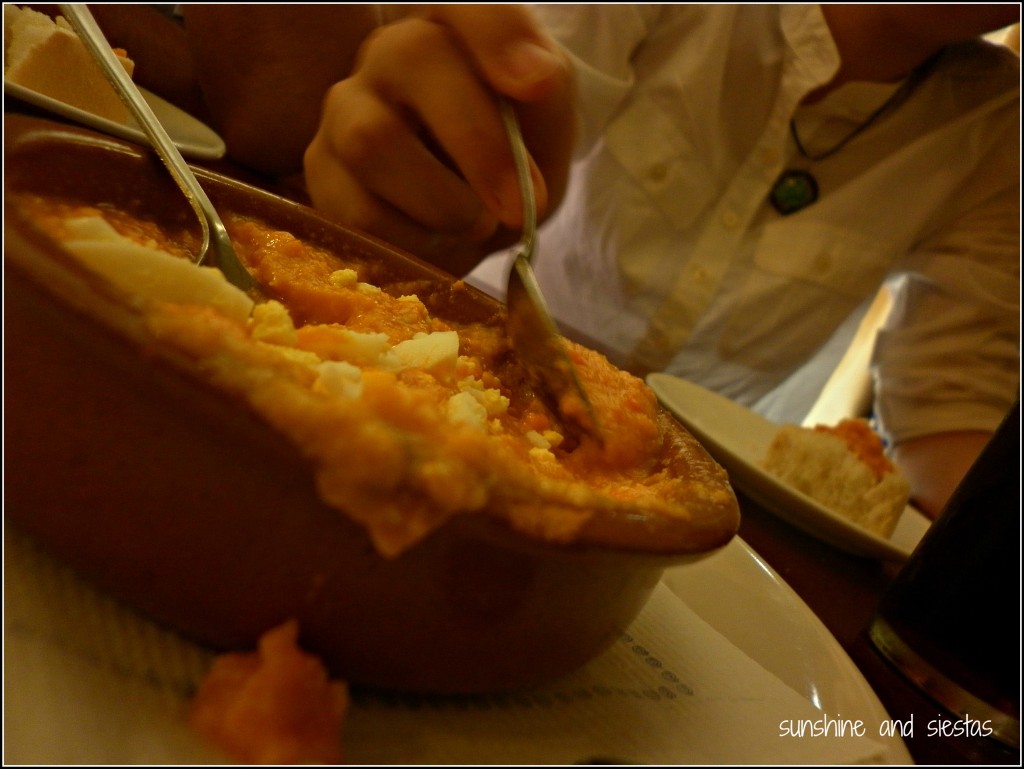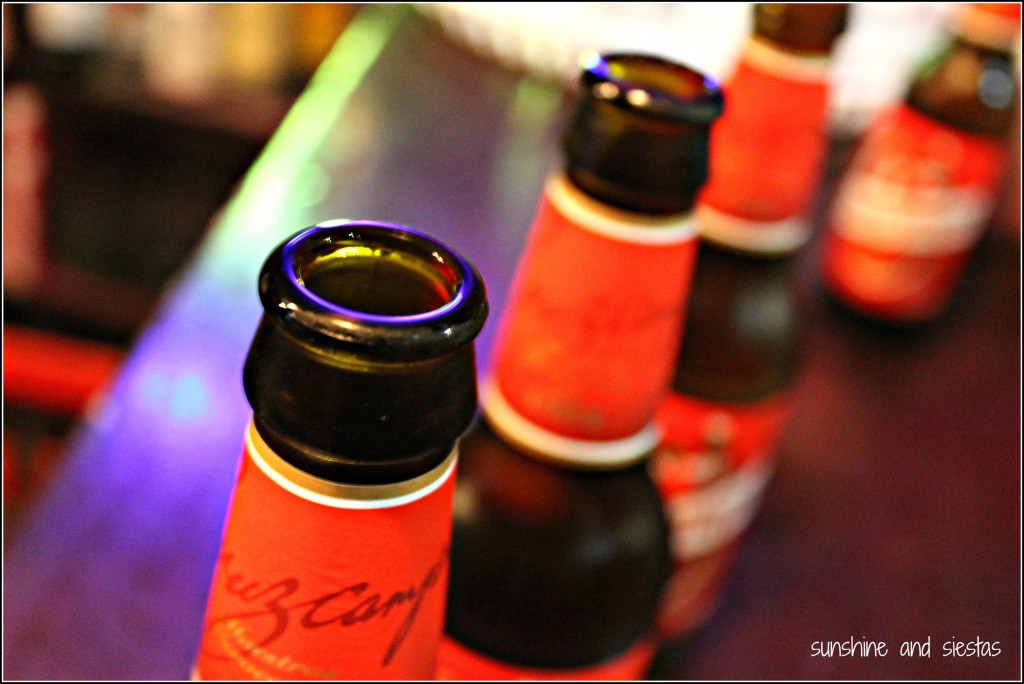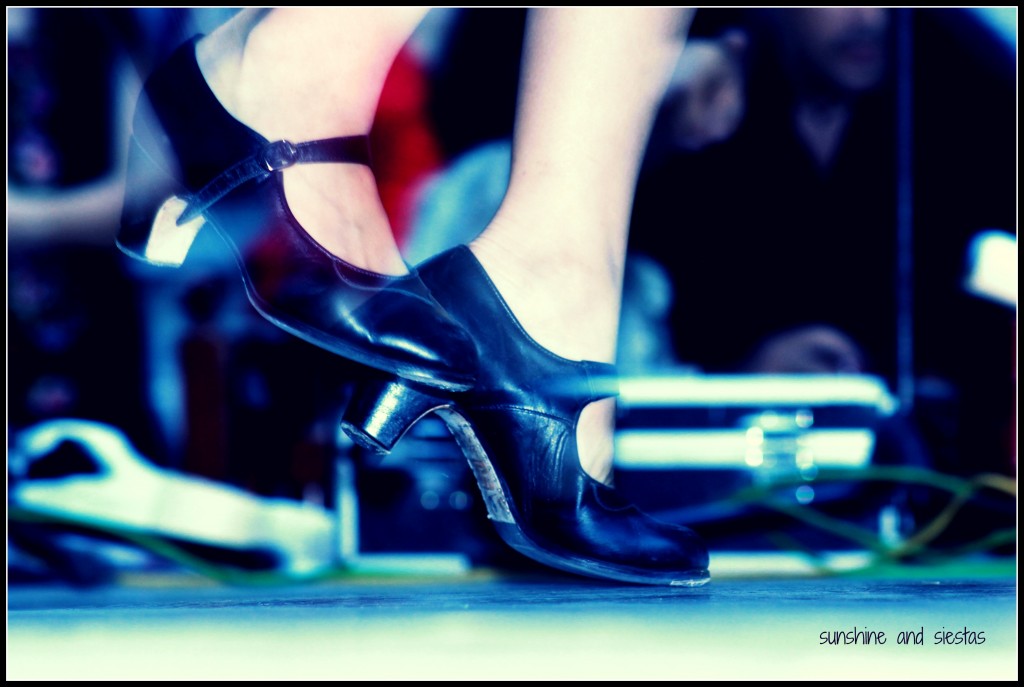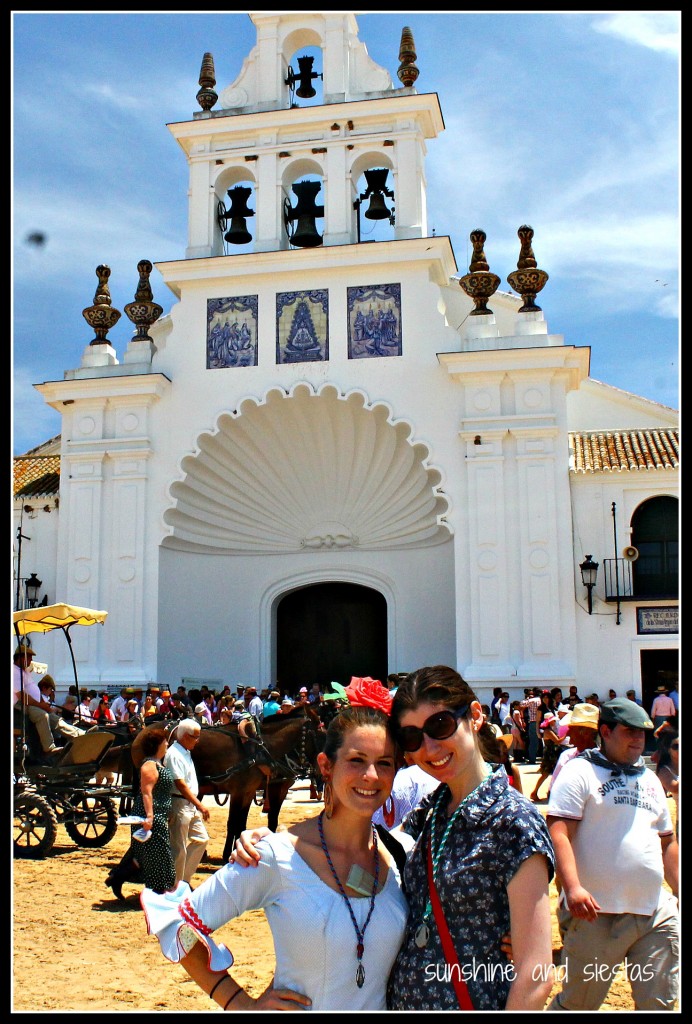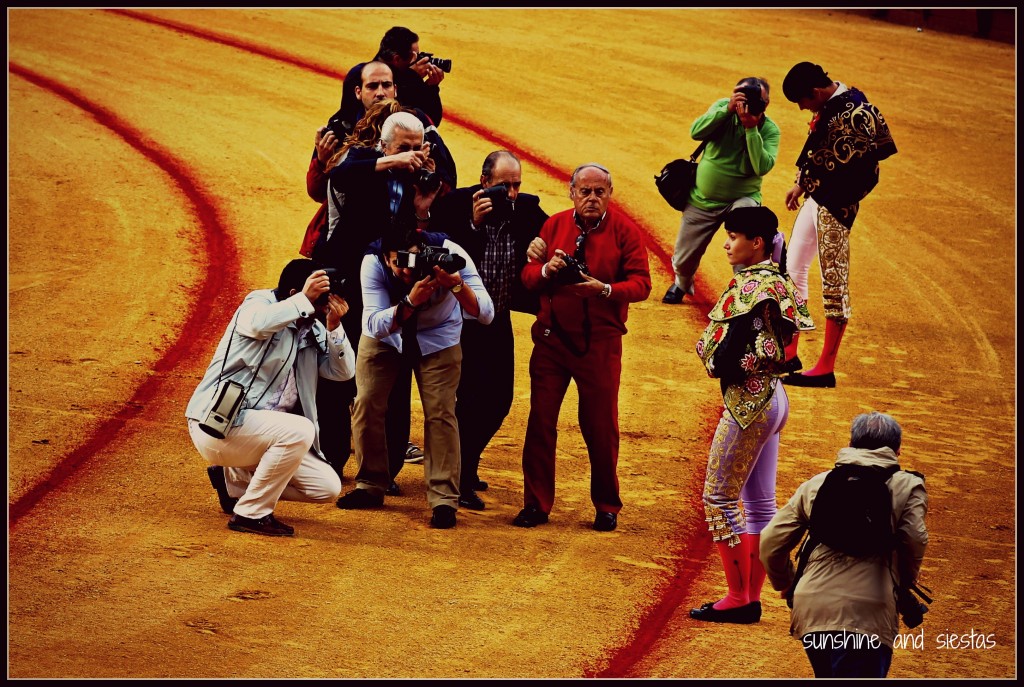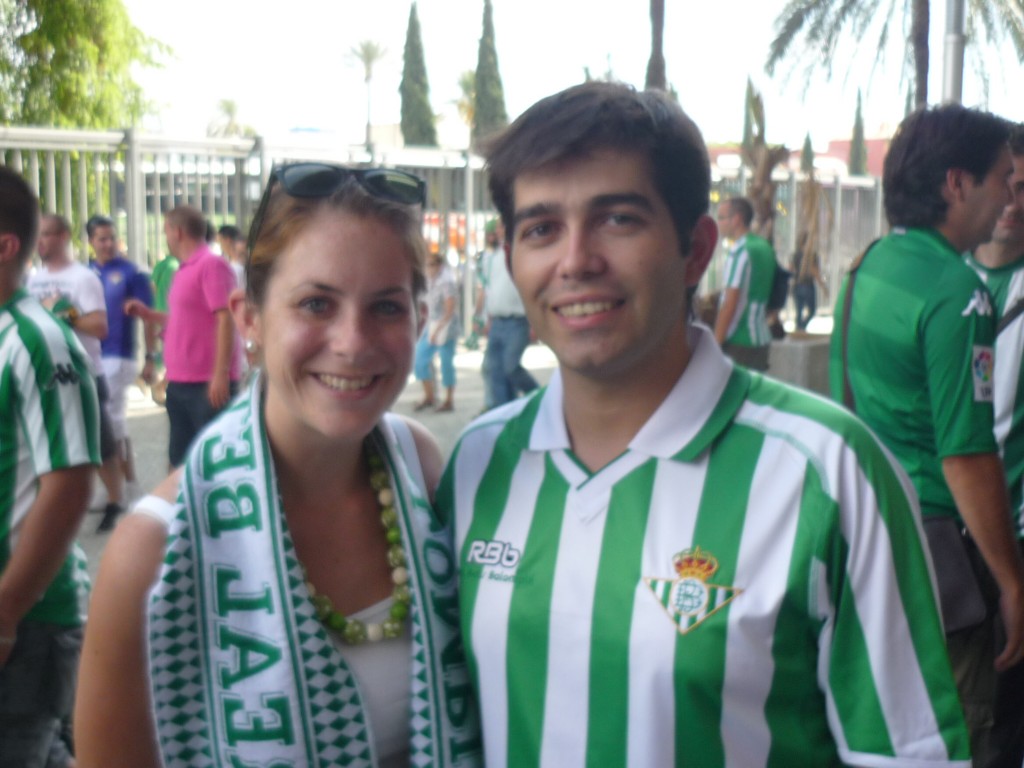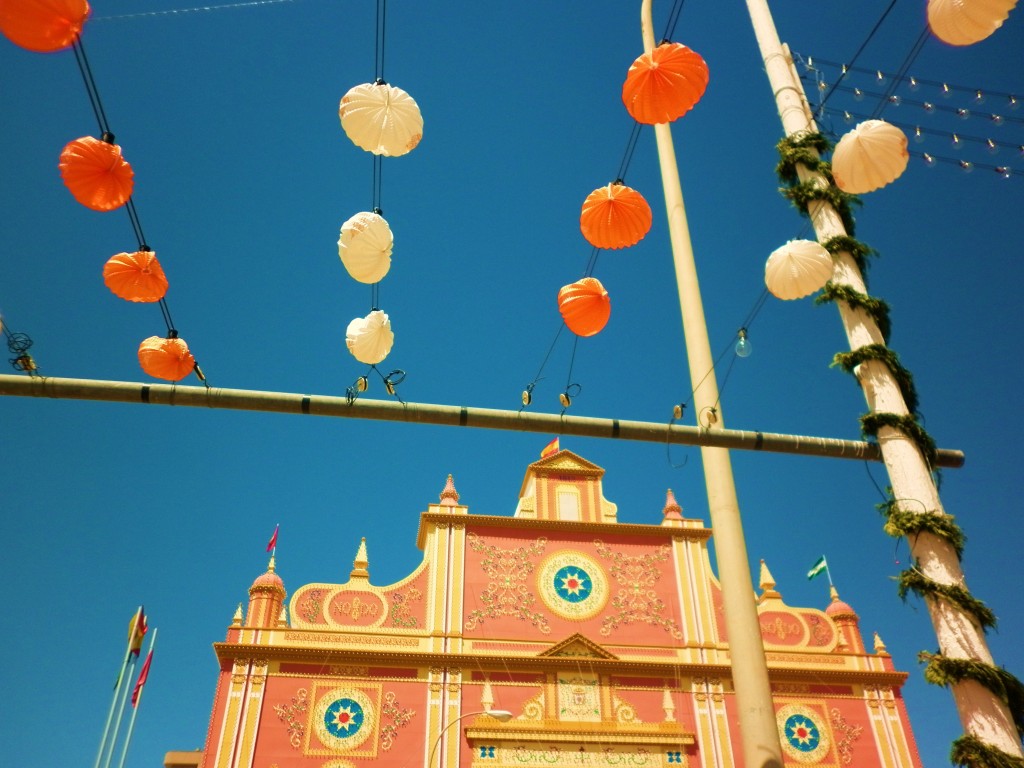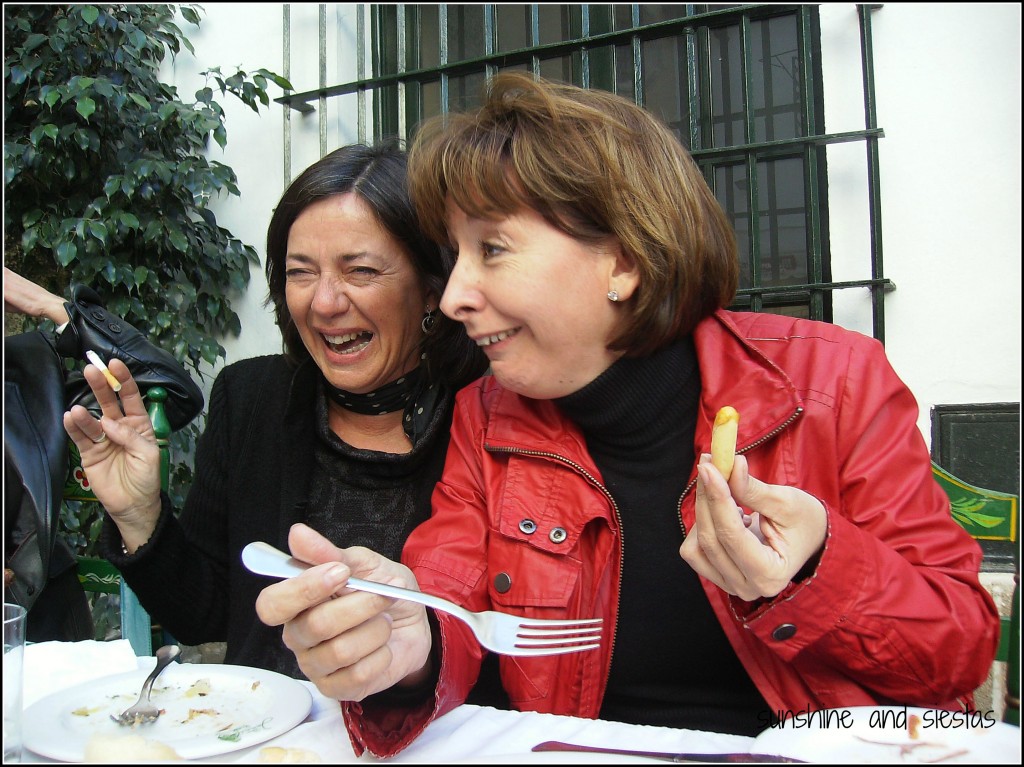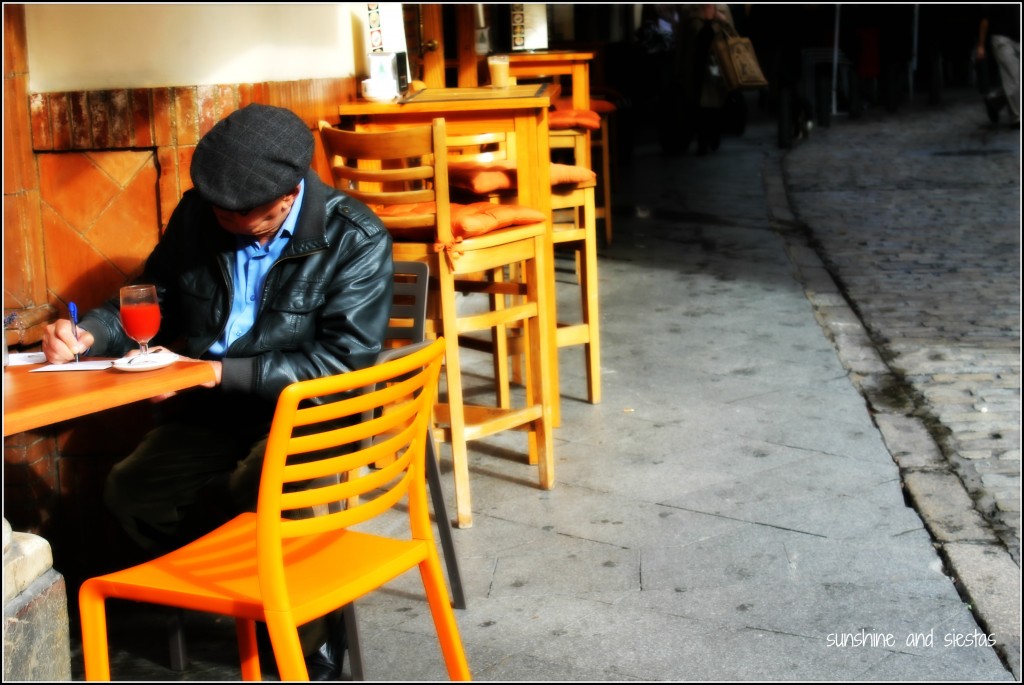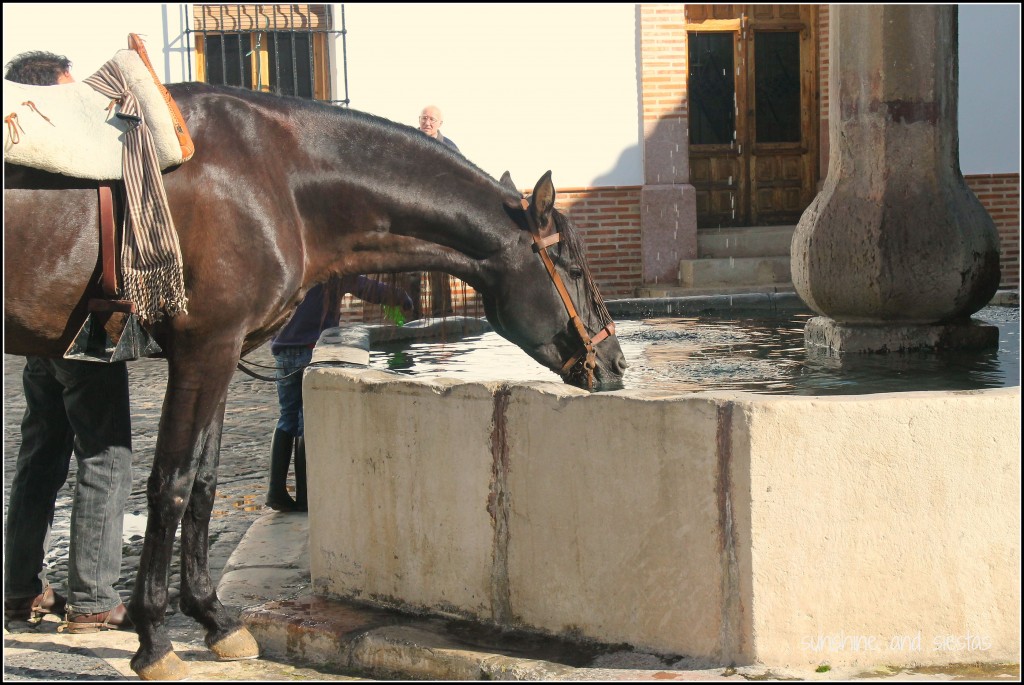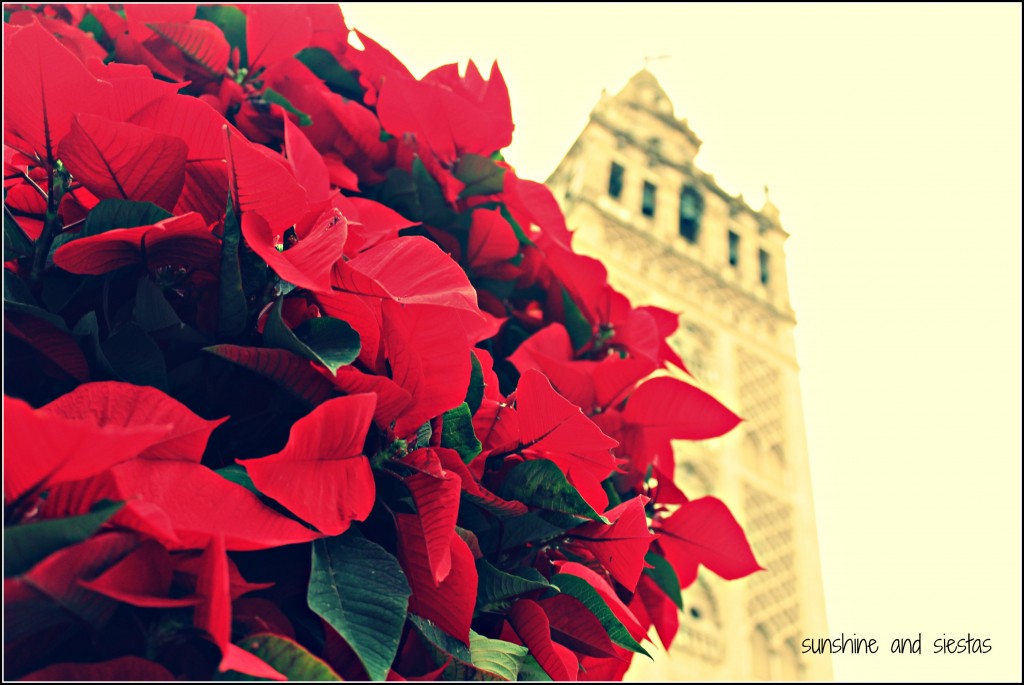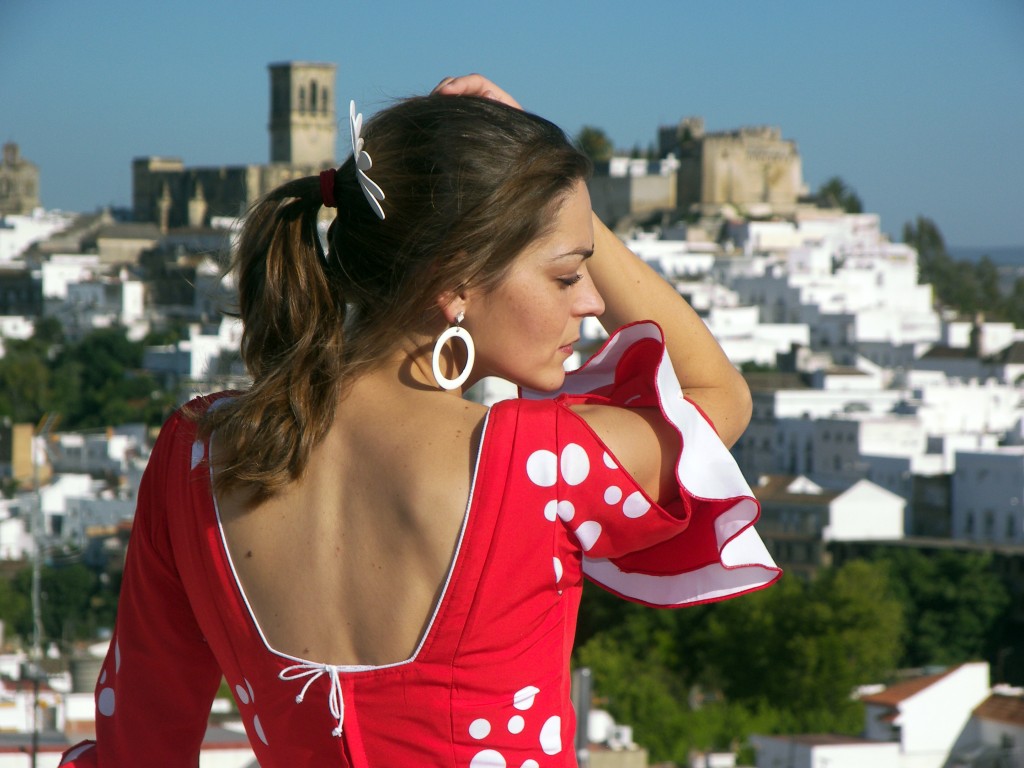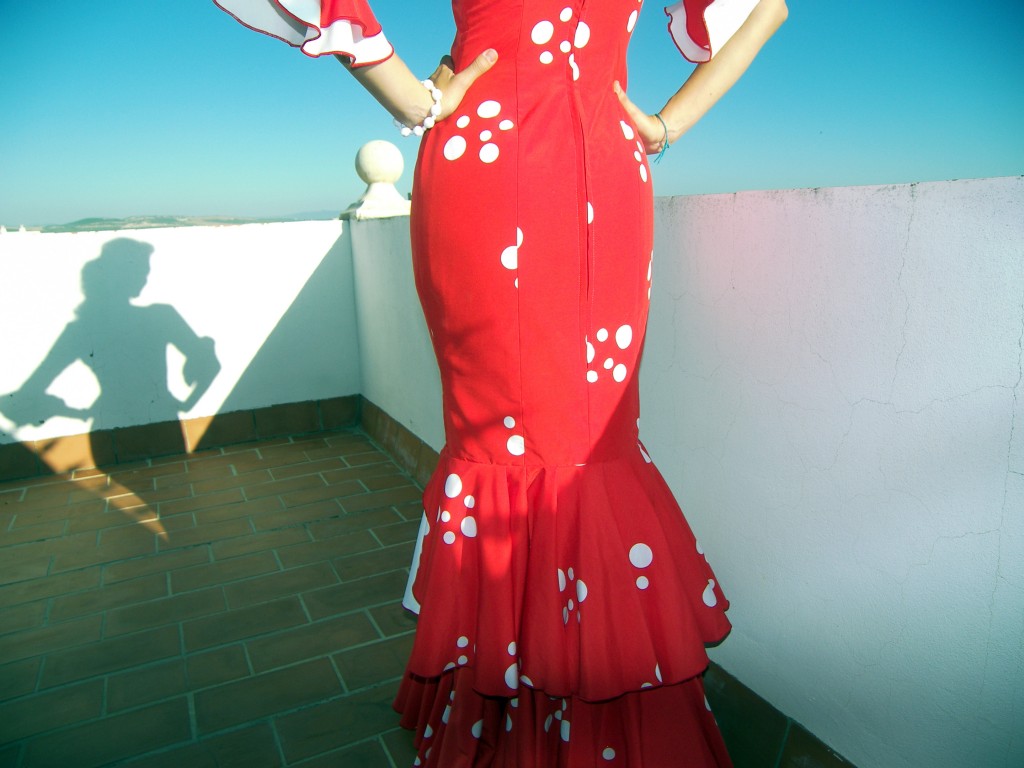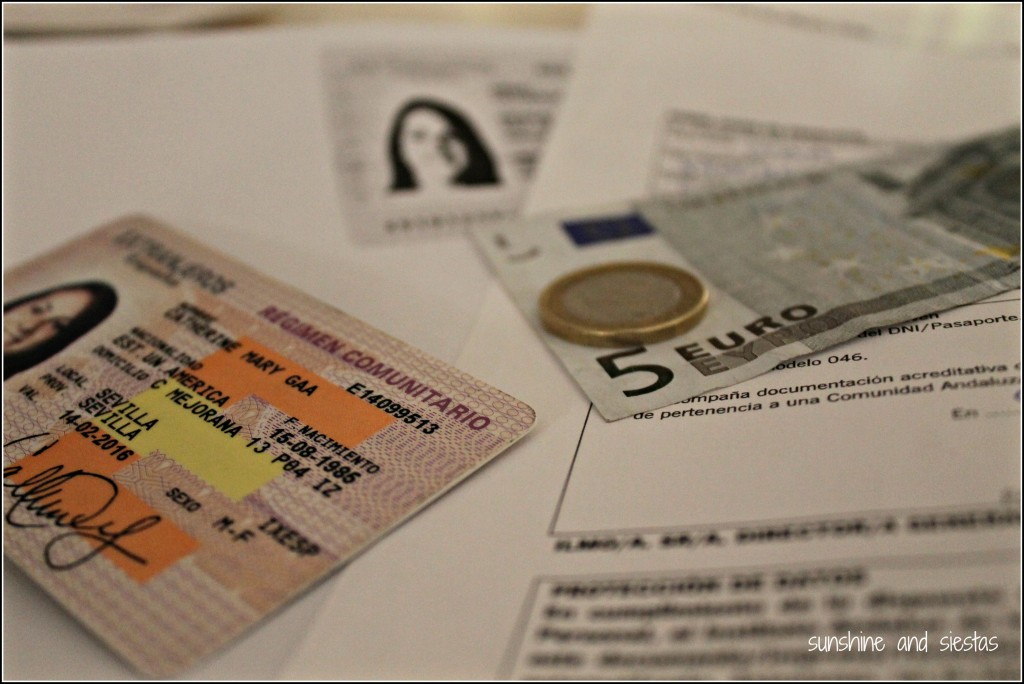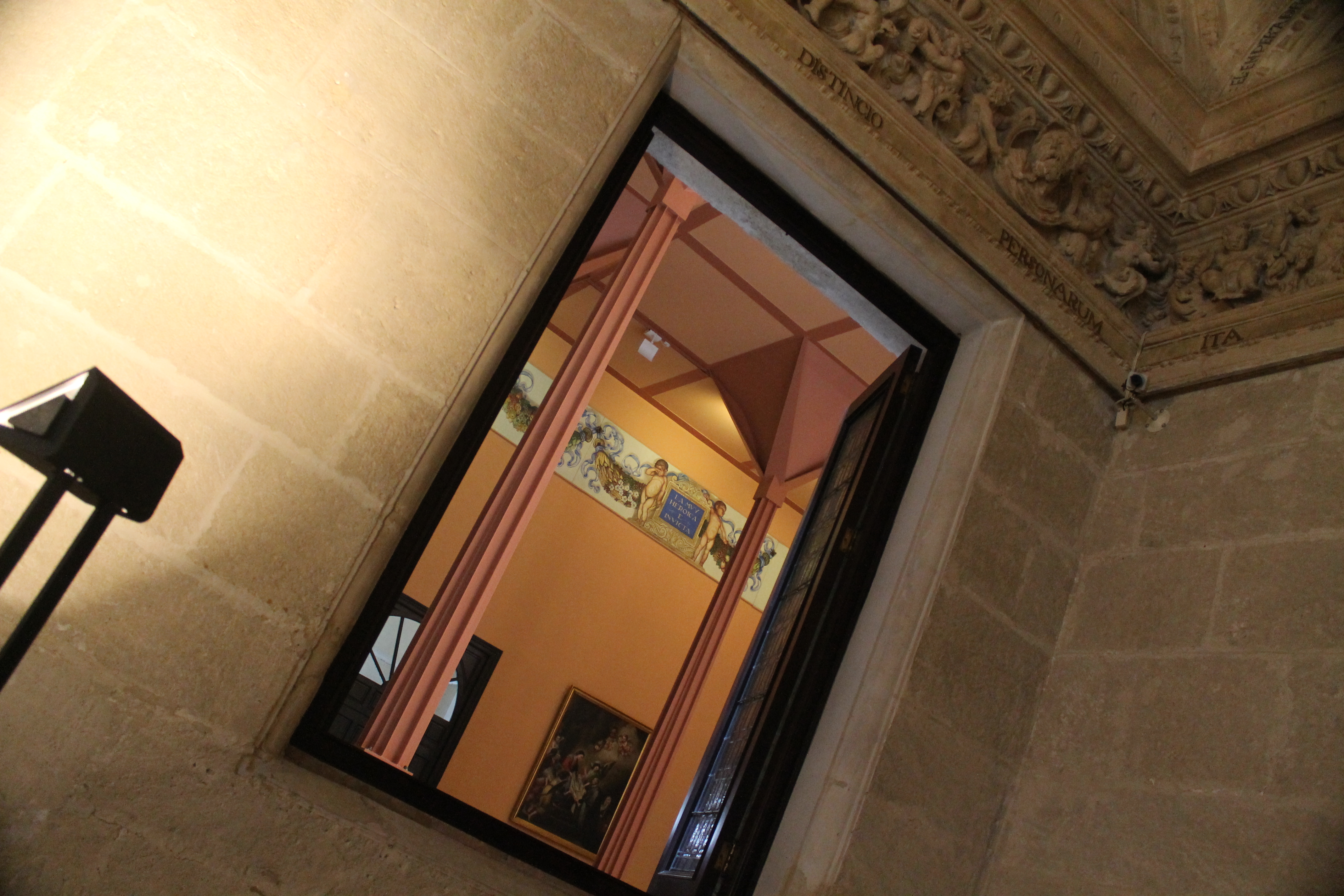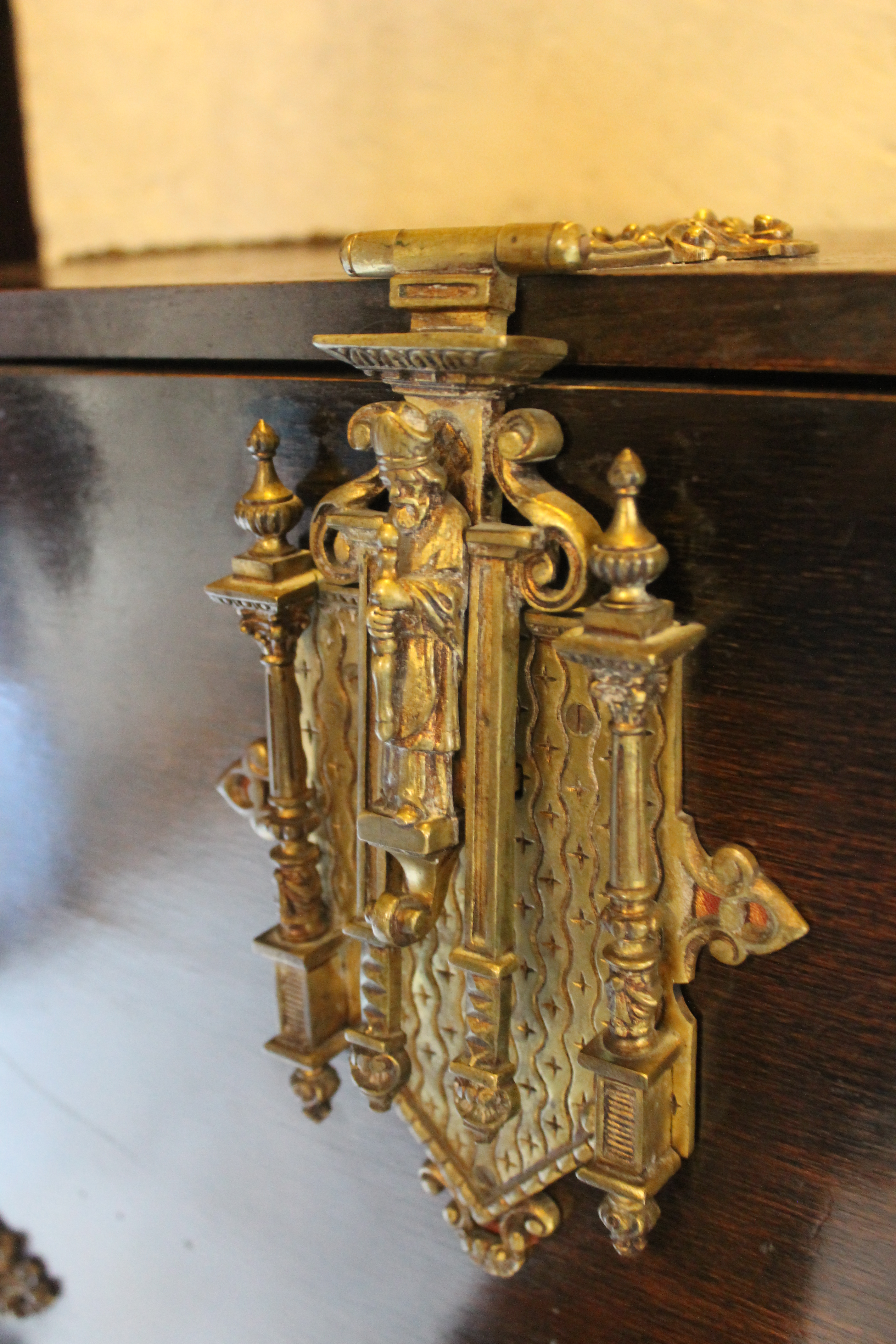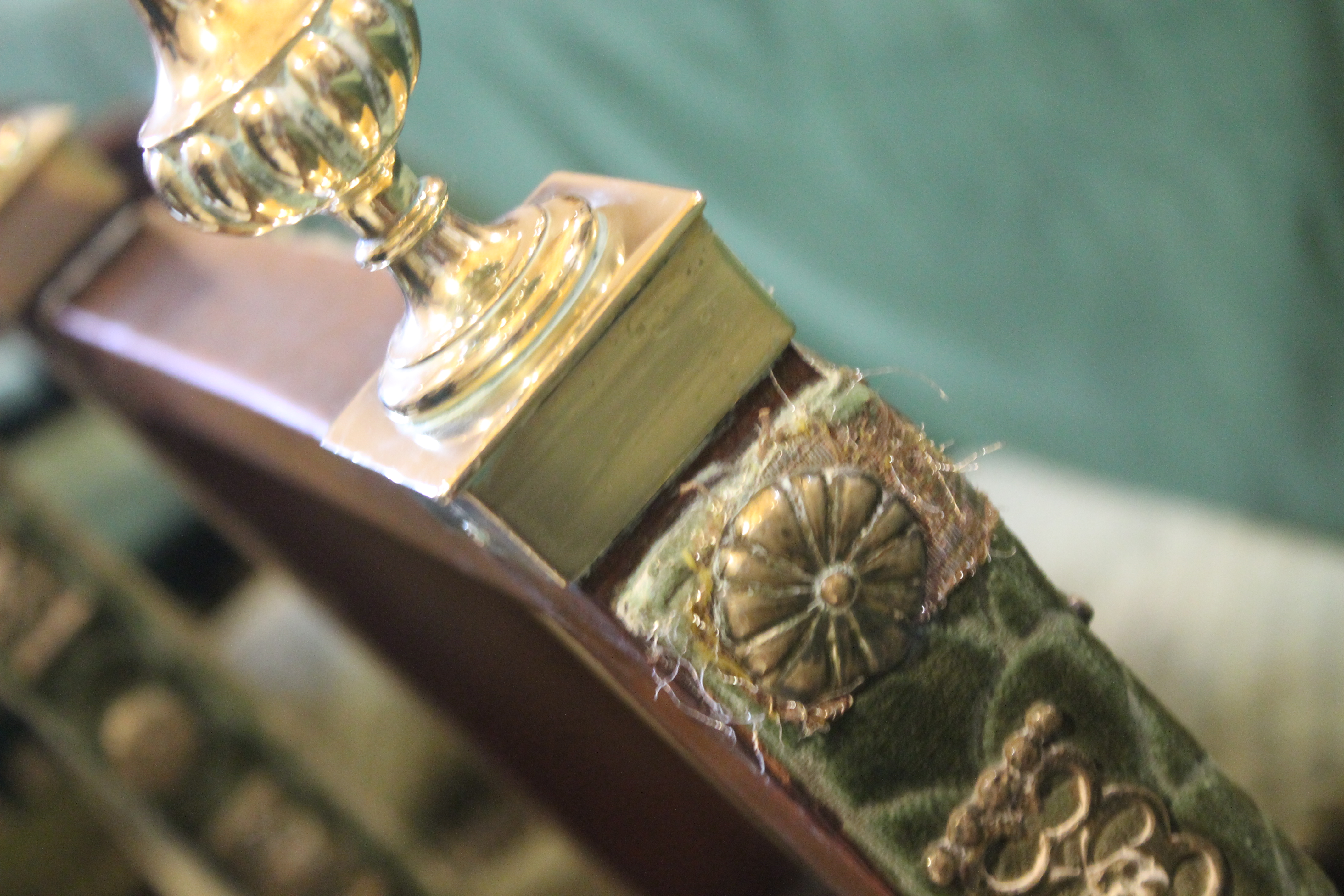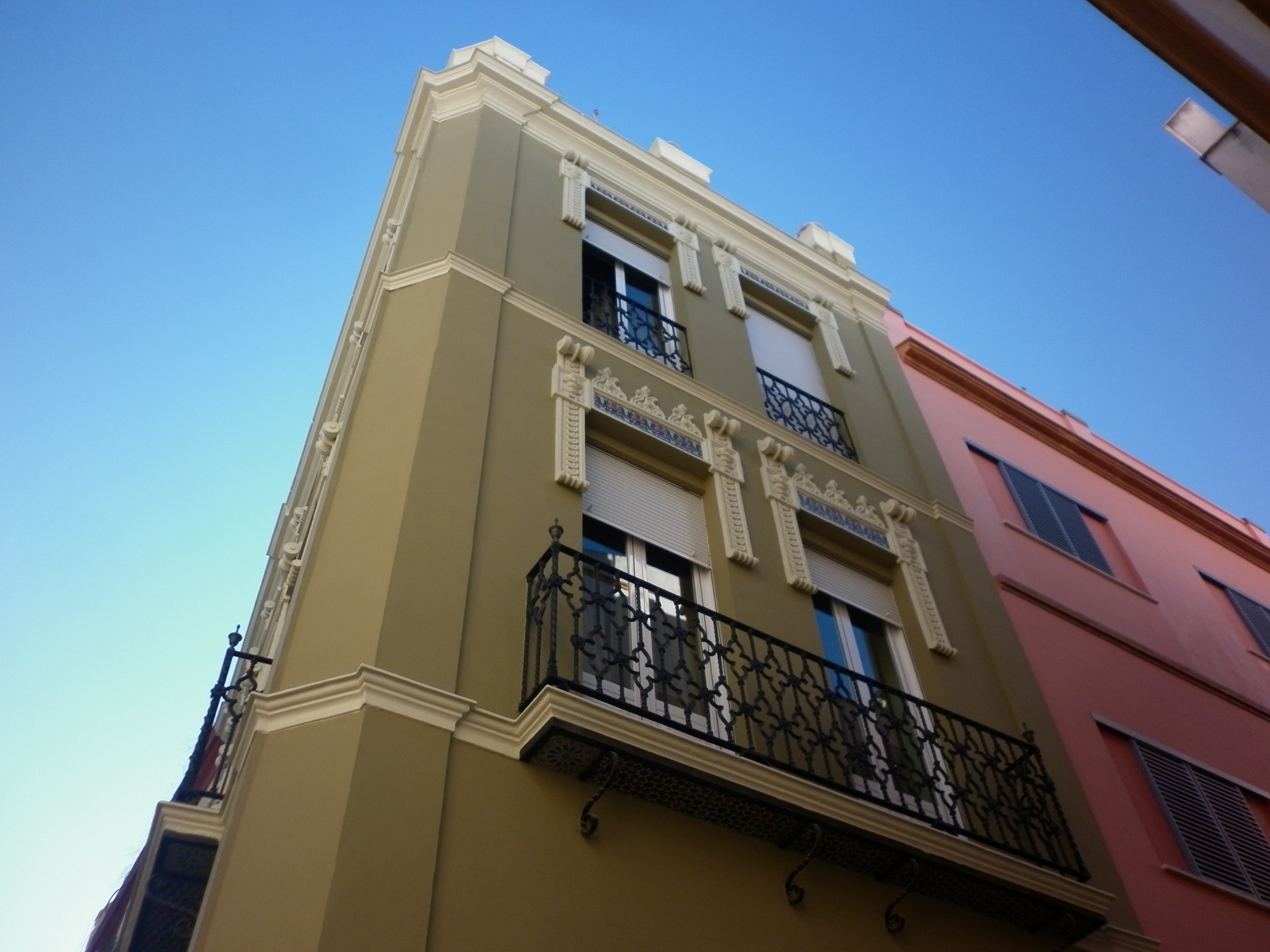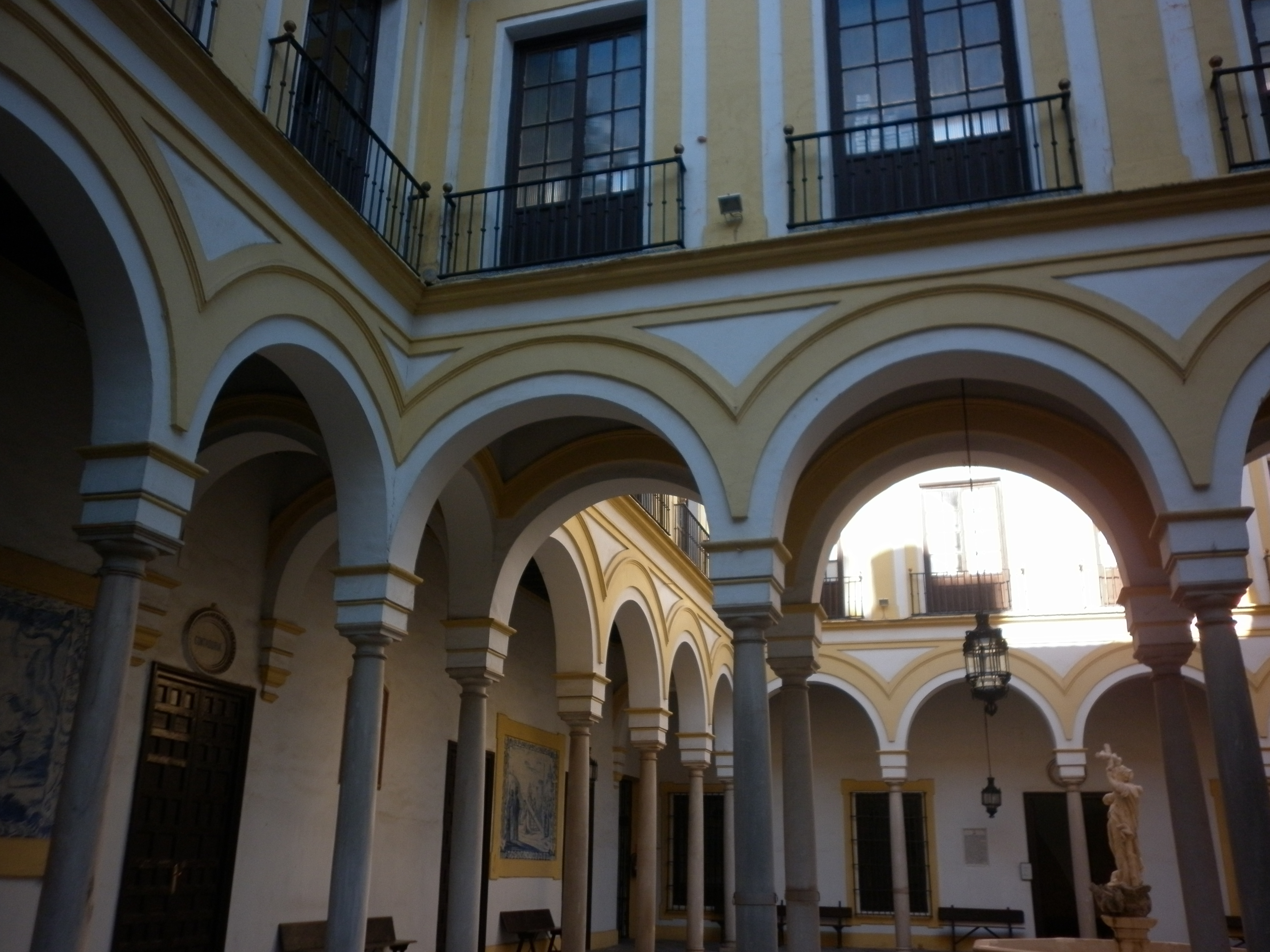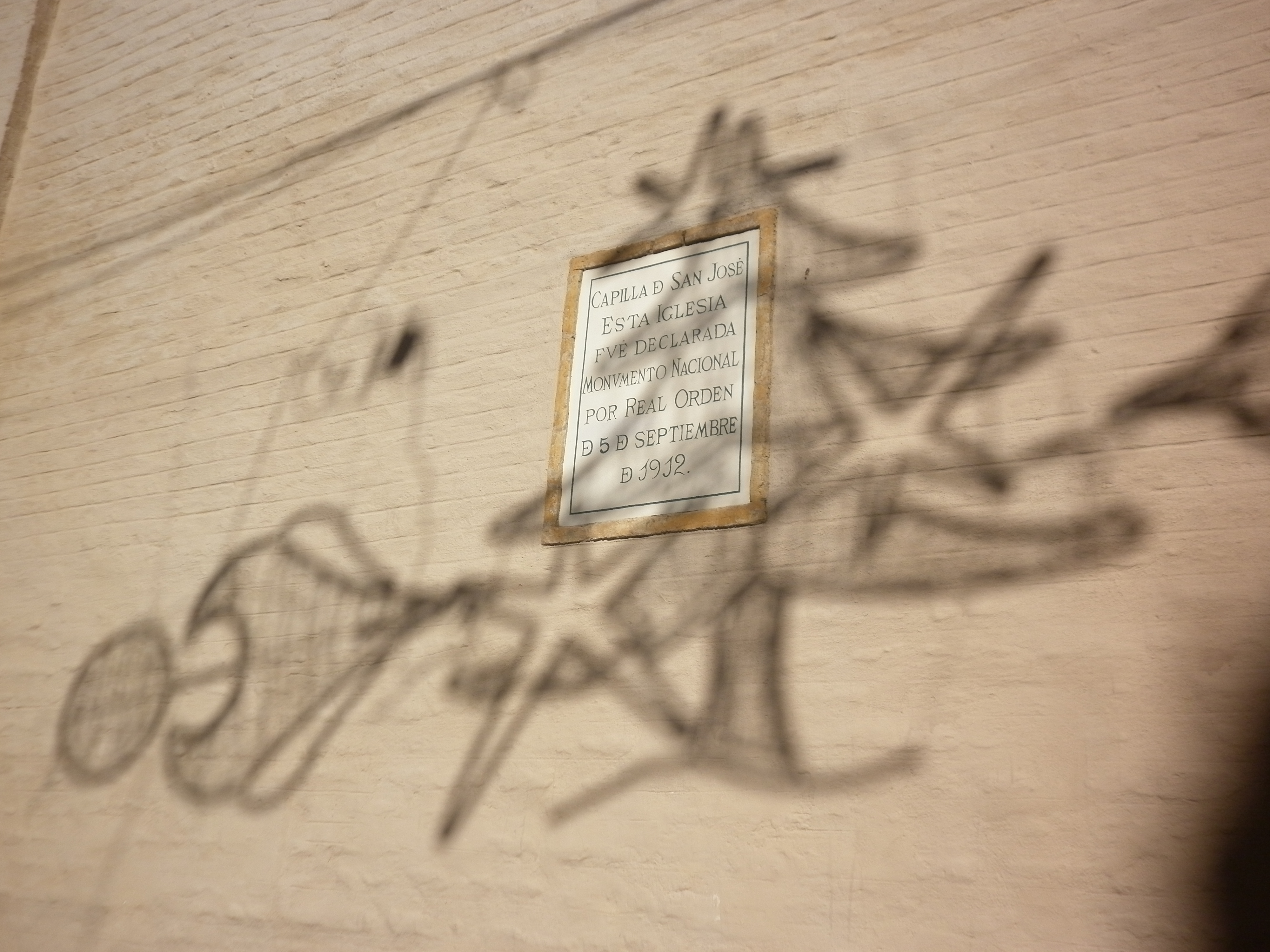The immortal Amigos de Gines sing, Andalucia es mi tierra, yo soy del sur. Andalusia is my home, I’m from the South. While I can’t claim to be a full-blood sevillana, I have certainly grown to love my adopted home. My skyscraper-dominated landscape at home now has just church spires and the Giralda piercing the sky, my all-beef hot dogs replaced by acorn-fed ham.
Tomorrow is Día de Andalucía, the day in which Andalusia was ratified as an autonomous state within the newly formed Spanish Republic just 33 years ago (fun fact: Andalusia is six months younger than the Novio!!). We get a day off of work, and many private places open their doors to the public, like the Town Hall or the Congressional Palace.
And why not celebrate? This is the land that has given us the Iberian Lynx and Jerez Stallions, given rise to Antonio Banderas and Paz Vega, cultivated olive oil and sherry. García Lorca wrote homages to his native land, Washington Irving made the Alhambra famous, and Velázquez and Picasso left Andalusia to become two of the most famous Spanish painters in history. Steeped in history and architecture, folklore and culture. Columbus set sail for La India from its very shores, and the last Muslim emperor was expelled from Granada, signalling the reconquest of Spain. Camarón put flamenco on the map from his chabola in San Fernando, while David Bisbal rocketed to fame with the pop hit, Bulería. It’s a place where a si, claro because a ahi, aro illo!
My visual homage to lovely Andalucía:
The landscapes and cityscapes
Seville
Granada
Santa Cruz, Sevilla
Estepa (Seville province)
The beach at Bolonia and ruins of Baelo Claudia
The pueblos blancos, or white villages
Tarifa (Cádiz)
Iglesia del Carmen, Zahora de los Atunes (Cádiz)
The food and drink (and la marcha!)
The folklore and culture
La Manera de Ser
Have you ever visited Andalusia? What do you like about this region? Can you believe I’ve actually never been to Jaén or Almería?
